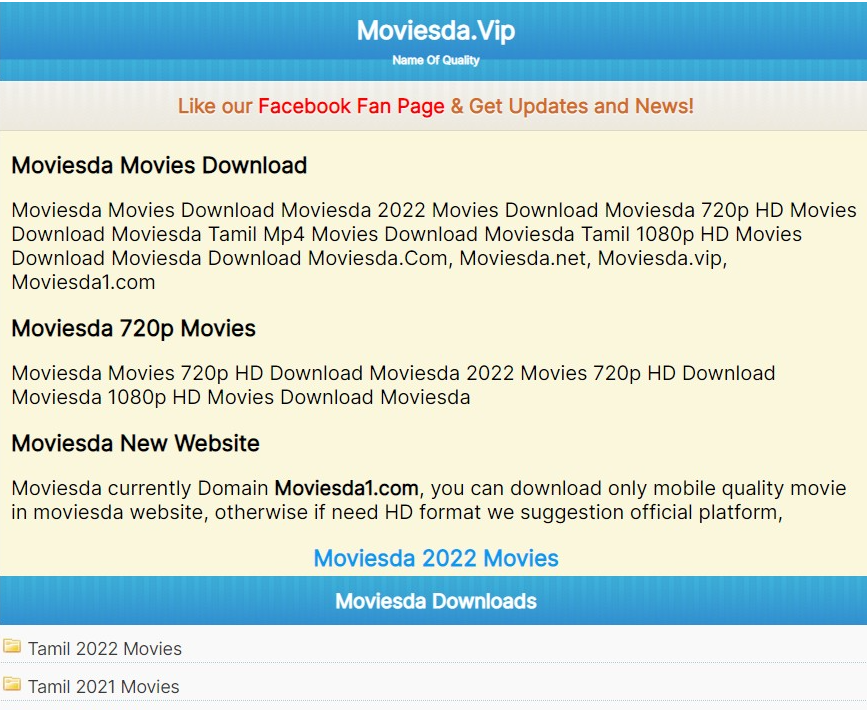Despite significant advancements in other customer service areas, most businesses still use antiquated technologies and equipment to provide customer assistance over the phone. Other media, such as email and social media, are frequently combined into a cohesive, simplified client experience. However, too many contact centers use walled software disconnected from those other service channels, resulting in a fragmented and sometimes irritating experience for consumers and agents.
People associate call centers with numerous things, but they are vital to any organization. Call centers are used by many organizations to engage with prospects as well as provide customer service. Most people recall phoning a company to get a specific question answered. The phone rings and goes unanswered for many minutes before the annoyance sets in. However, things have altered thanks to new choices such as IVR and virtual phones.
Let us now go deeper into the significance of call centers.
What Exactly is Technical Support in Call Center?
Technical support’s primary goal is to solve a technical error or problem. These occurrences are imagined or actual flaws in the product or service for which the client is seeking assistance. That is why the technical support engineer/representative, as well as the firm, should:
- Determine what isn’t working correctly.
- Resolve the problem as soon as possible.
- Maintain a welcoming and encouraging atmosphere.
In most cases, the final measure of success is that the client no longer needs to contact support.
Why Do Businesses Need Unified Call Center Technical Solutions?
We can choose to integrate call center technical support to assist with the business after considering the daily arduous task a call center representative would have to deal with. The top advantages of integrated call center technical support are:
- Process management and reporting
Integrated call center technical support systems have various built-in procedures that may be tailored to the call center’s specific requirements. We will also access the following reports that provide real-time performance information. Furthermore, its open architecture design allows for a simple connection with other business analytics and CRM applications.
Most customer service teams rely on single-use technologies for monitoring and customer information management incompatible with one another. This causes managers to lose insight across multiple queues and complicates client verification, fast response, resolution, and follow-up/escalation operations.
- Ideal for distributed teams
Since the epidemic, contact center technical support teams worldwide have been forced to operate in isolation, away from familiar work environments. This change might be expensive. For example, new gear such as routers for linking team members scattered across a large geographical area might increase running expenses.
However, because these are cloud-based, the most recent integrated call center services eliminate the need for extra gear. This implies that individuals can manage the responsibilities without needing additional technology once a team has a stable internet connection.
- Detailed Callers’ Personal Information
With technical support integration, caller details such as name, picture, e-mail, mobile number, company, and prior interactions and transactions would be available to agents via an automatic screen pop-up before taking the call. This will allow them to begin the call professionally and with a customized touch and provide all relevant information about the caller. The entire procedure dramatically decreases call handling time since agents do not have to travel through various programs to retrieve caller information.
Technical support integration automatically authenticates customers/callers by matching the number phoned to the information in the corporate database. This saves time since the representatives would not have to request the caller for vital details and search the data. Furthermore, this reduces the requirement for the caller to submit all personal information each time the caller phones in, resulting in less consumer annoyance.
- Improved Collaboration for More Effective Service
Video and voice call conferencing, call barging, and warm call transfer are all aided by integrated call center technical assistance. It also promotes teamwork inside the call center. Agents accessing such programs are more inclined to seek help when needed. Instead of simply transferring the call, a supervisor or a colleague might be joined on the call to resolve difficulties. This contributes to better inter-departmental collaboration. Real-time data updates enable the management or the following agent to have essential information at the agent’s fingertips before handling an escalated call.
Conclusion
Every organization needs call center software to increase efficiency. Recording and routing them aids call operators in keeping track of all incoming and outgoing calls. Additionally, the program has tools for handling various client needs, including general queries, technical help, complaints, and sales calls.
The benefit of a call center system is that it operates around the clock, offering excellent customer service in a polished manner. In addition to being less expensive than employing a large number of people, it also provides a variety of advantages that a firm may take advantage of. Developing a professional brand where clients see the company’s line officers as the most incredible representation depends on a call center service investment.
















